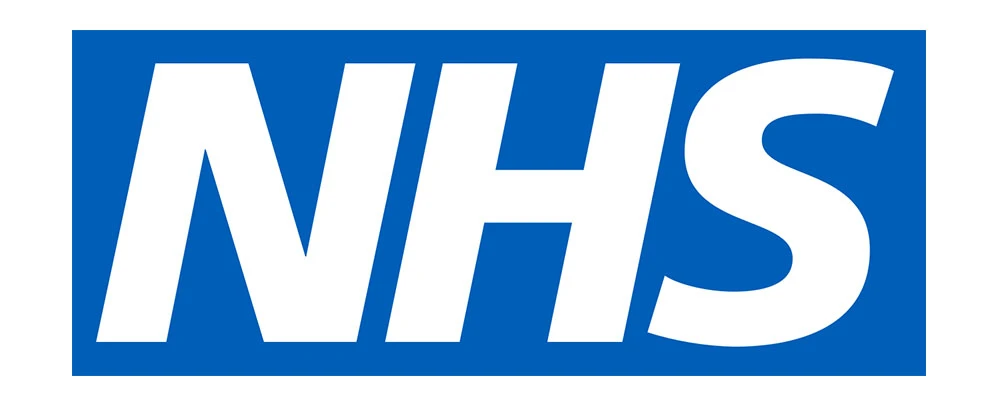Introduction
There is obviously a lot of talk about a COVID-19 recession right now, with comparisons being drawn with the economic slumps of 2008/9 and even the 1930’s.
With startling surveys about plummeting consumer confidence emerging daily, along with dire projections regarding the impact on business and the economy, it easy to understand why.
But just how serious is the situation for consumers, marketers and brands?
Sobering COVID-19 statistics
The emerging figures are certainly stark.
Marketing Week’s COVID 19 survey at the beginning of April suggested 69% of UK businesses had already started to see a drop the demand for their products and services during March. The figures were even worse for SMEs, with 77% reporting a drop in business.
Clearly, most sectors are already feeling the impact and will continue to do so over the course of 2020 – and beyond.
For example, a report by GlobalData on 24th March suggested that UK retail sales are due to plummet by £12.6 billion over 2020 as a result of COVID-19, with the clothing and footwear sector alone predicted to fall by 20.6% to £11.1 billion.
However, not all sectors are suffering equally in the short term.
Kantar reports that during March, UK supermarkets saw a 20% rise in sales overall, with corner shops actually recording a 30% sales spike during the same period.
The organisation also confirms that during the week beginning 16th March, 88% of UK households made an average of 5 shopping trips between Monday – Thursday of that week – equivalent to an additional 42 million shopping trips for the country as whole.
The result was that consumer spend during the period amounted to an additional £10.8 billion, contributing to Q1 grocery market growth rate of 7.6% – the highest in more than a decade.
Other sectors have also found favour during the pandemic. For example, YouTube reported a massive increase in watch time throughout February 2020.
Italy, for example, saw a 2,000% rise in the amount of online content viewed during February, with Germany seeing a 1,100% rise. Britain saw a more modest 650% rise during this period, largely due to its lockdown beginning slightly later than many other European countries.
Not surprisingly, the effects of the pandemic on the economy are forecast to be profound – in the short term.
Currently, the Office for Budget Responsibility (OBR) is forecasting a 35% drop in the UK’s economic output for the 2ndquarter of 2020, should the current lockdown remain in place for 3 months.
The OBR also estimates that unemployment in the UK could rise to 2,000,000, or c. 10% of the working population in the short term, although this figure should ease later in the year.
However, whilst such forecasts are not unreasonable under the circumstances, the fact is that it is far too early to build economic models that can accurately paint a picture of the next 6-12 months.
This is because so much depends on when lockdown can be relaxed and whether or not the UK then enters a phase of rolling lockdown that continues in to 2021.
Reasons for Cautious Optimism
And there are also some reasons for cautious optimism.
For example, the 2008-9 recession was caused by a fundamental lack of liquidity. This time it’s different, with many businesses having reasonable amounts of accessible cash on the balance sheet.
Also, after 10 years of highly controversial austerity, the balance sheet of UK PLC is also healthier than it was. The country is therefore in a better place to offset the worst ravages of the pandemic, through subsidising wages, deferring taxes and undertaking additional borrowing.
In addition, even though the OBD is forecasting a contraction of up to 35% in the UK economy during the second quarter of 2020, it is also anticipated that with a gradual relaxation of the lockdown from May onwards, the contraction is likely to be followed by a strong bounce in the quarter following.
Lastly, marketers learned a lot about surviving an economic downturn during the 2008-9 slump. The current crop of senior marketers are subsequently far better placed to navigate their brands through choppy waters this time around.
The Role of Market Research in a Downturn
Market research providers like Brandspeak have a significant role to play in helping B2C and B2B organisation’s navigate the downturn successfully .
- We can do this by assessing all aspects of your brand within the context of the changing needs, attitudes and (financial) behaviours of its target audience to address key questions such as:
- Does the existing customer segmentation model work during the downturn, or does the brand need to think afresh about who it should be targeting? If so, which are the ‘new’ priority targets and why?
- Do the brand proposition and positioning still stack up – or does the brand strategy and architecture need to be amended to better reflect the changing market place. If so, where does it need amending, how, and why?
- Is the pricing model still valid, should a new price point be adopted and / or should offers be implemented? If so, what would the new pricing regime look like?
- Is there a need or an opportunity to undertake range extension by introducing a more basic product or service – one better suited to the budget of the both the consumer and the organisation during the period of the downturn? If so, what would the new offer look like and what impact would its introduction have?
- Are the brand’s campaigns and marcoms still valid at the current time, or do they need adjusting to reflect a changing market place.
Please contact us at enquiries@brandspeak.co.uk for more information.
In the next COVID-19 Brand Snapshot we’ll focus on what else brands need to do to offset the damage that will otherwise be inflicted by COVID-19.














